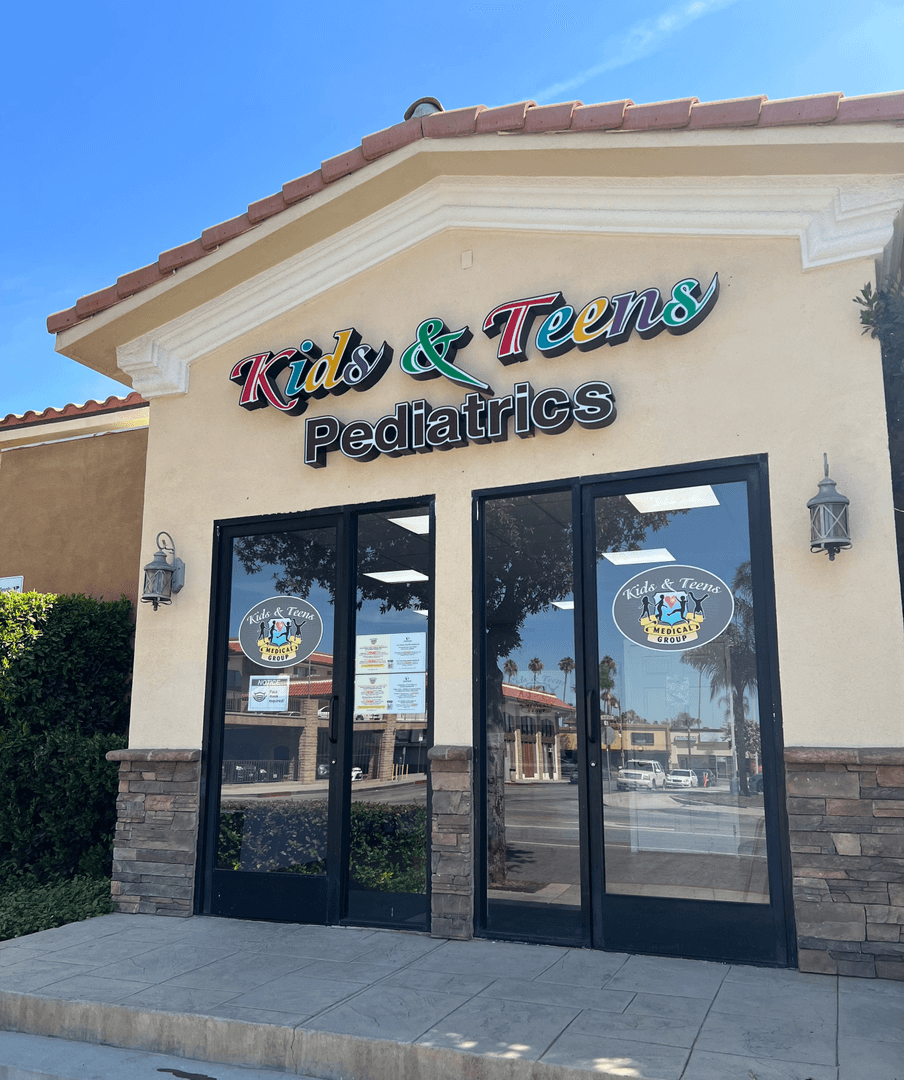The Importance of Continued Care
In the labyrinth of America’s healthcare landscape, one crucial aspect often gets overlooked – the continuity of medical care for children. Amidst debates about access, affordability, and quality, the thread that stitches together a child’s healthcare journey often frays, leaving them vulnerable to gaps in care and fragmented services. This oversight in addressing continuity of care can have profound implications for children’s health outcomes and well-being.
Continuity of care refers to the seamless coordination and delivery of healthcare services over time. For children, whose physiological and psychological development is dynamic and rapid, maintaining continuity in medical care is paramount. Yet, the current healthcare system in the United States often fails to prioritize this aspect adequately.
One of the primary challenges to continuity of care for children in the U.S. is the fragmentation of healthcare services. Children may receive care from various providers across different settings, including pediatricians, specialists, hospitals, and urgent care centers. However, these providers often operate in silos, with limited communication and coordination. As a result, essential medical information may not be shared effectively, leading to the frustrating and sometimes dangerous issues that a lot of you reading this may have faced: redundant tests, redundant vaccines, conflicting treatment plans, long waiting times for record sharing, lost records, and, most importantly, compromised patient outcomes.

Moreover, the transient nature of healthcare coverage exacerbates the problem. Many children experience changes in insurance status and coverage due to shifts in family circumstances, such as job loss or changes in household composition. These transitions can disrupt established relationships with healthcare providers, interrupt ongoing treatments, and impede access to essential services, including preventive care and early interventions.
Another significant barrier to continuity of care is the lack of comprehensive electronic health records (EHRs) that span across different healthcare systems. While strides have been made in digitizing medical records, interoperability issues persist between the different systems being used by different offices, hindering the seamless exchange of patient information between providers. Consequently, pediatricians may lack access to crucial details of a child’s medical history, leading to suboptimal decision-making and potentially avoidable medical errors.
Furthermore, socioeconomic disparities disproportionately impact continuity of care for children in underserved communities. Families facing economic hardship may struggle to access regular medical appointments, afford prescribed medications, or navigate complex healthcare systems. As a result, children from disadvantaged backgrounds are at higher risk of experiencing fragmented care and suffering adverse health outcomes.

Addressing the issue of continuity of care for children is no easy task. There must be a concerted effort to enhance care coordination among healthcare providers and educate parents. This involves fostering collaboration, promoting the use of shared care plans, and leveraging technology to facilitate the exchange of patient information securely as well as efforts to promote health literacy and empower families to advocate for their children’s healthcare needs. Educating parents about the importance of regular medical check-ups, adherence to treatment plans, and proactive communication with healthcare providers can help foster a culture of continuity of care at the grassroots level.
For those families facing economic hardships, clinics need to be created that provide low cost care with a focus on follow ups and prevention. The system in it’s current state encourages these families to only take their children to low cost urgent care centers when acute symptoms arise, after an urgent care visit symptoms may go away for awhile due to treatment but the root cause of the illness is not properly addressed and preventative care is often missed entirely.
To be completely honest, the Kids and Teens Foundation can’t completely solve all of these issues, it will take a combined effort from the government and parents around the country, but we can focus on educating parents on common conditions and how to navigate this complicated landscape as well as provide that much needed continuity of care at little to no cost to patients that come to our free clinic days or that seek out our help. This is why we want to be able to expand our reach as ensuring continuity of medical care for children is not just a matter of convenience – it’s a matter of life and death. It’s time to prioritize the continuity of care for children and ensure that no child falls through the gaps in our healthcare system.
